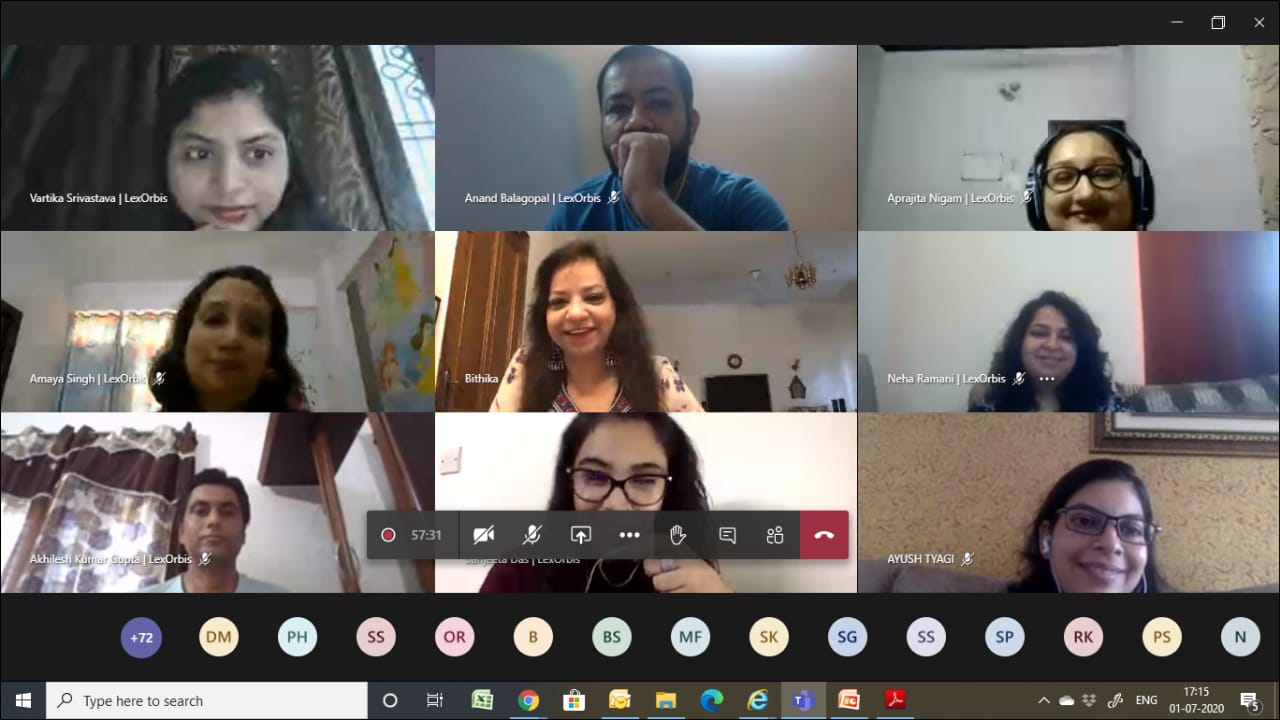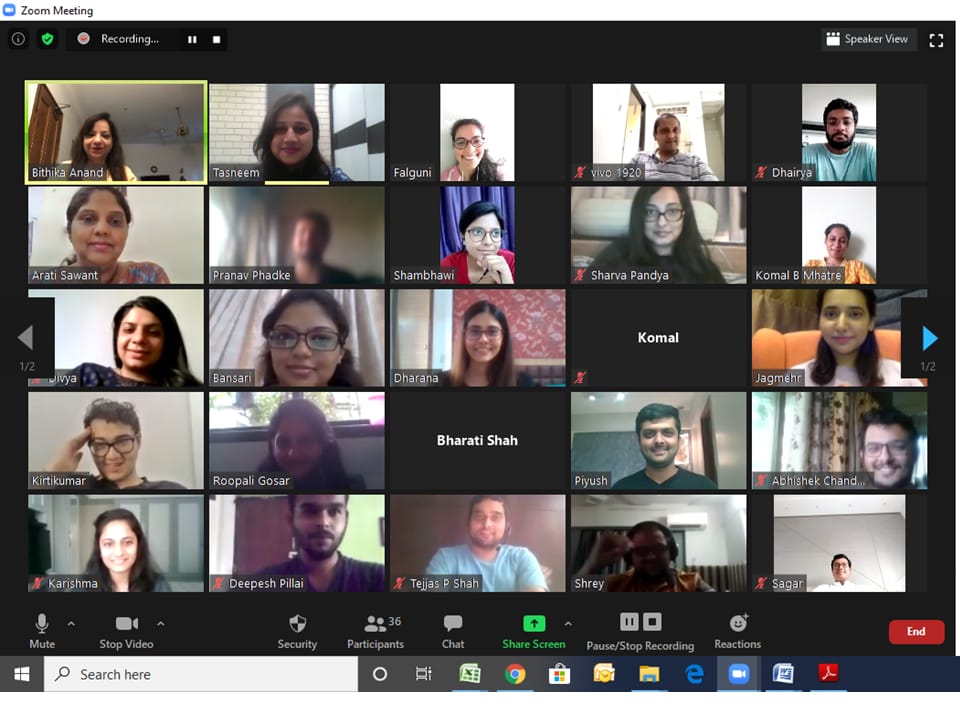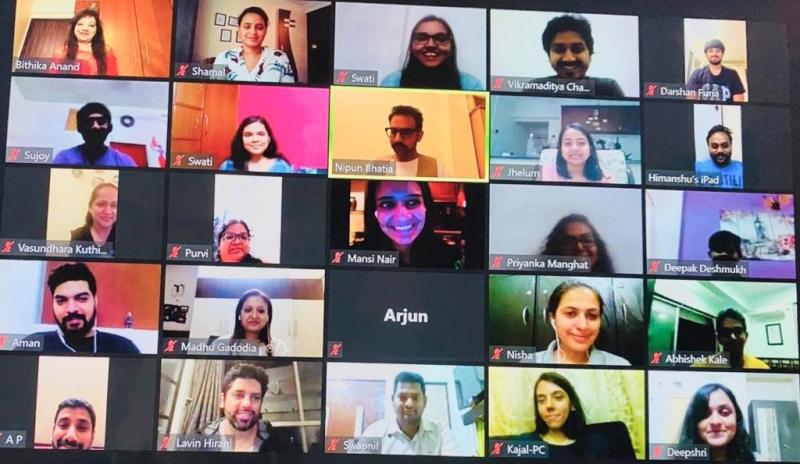
Attrition is not an issue alien to law firms. Owing to the nature of the service and the personalized relationships that develop with clients over the course of advising them, the separation of lawyers from firms – especially if they are senior lawyers or have been around for a while – hits firms quite hard. In most cases, the exit of a lawyer also drains the training and man-hours that have been invested in mentoring them to the firm’s and clients’ working style. Especially at Indian law firms, it is not unusual to offer such lawyers a better pay package or a higher designation in order to make them reconsider their decision to leave the firm. In this article, we examine how law firms can avoid such instances and start taking measures in advance, avoiding the need for such solutions as an afterthought.
While sudden or unplanned exits of human resources affect most professional services firms, law firms are perhaps one of the worst affected since such separations may impact clients who may have developed great levels of trust, confidentiality and comfort with such lawyers.
The exit of well-connected senior lawyers, front-ending a large number of clients, may even have the potential of affecting the revenues of the firm to a considerable extent. Such exits may be followed by the departures of some key clients too, or may have a cascading effect where other colleagues and team members may also follow the exit of such a lawyer.
Law Firm Attrition Management Through Proactive Engagement
Until a few years ago, especially Indian law firms offered increments in packages at very high percentages, or immediate out-of-turn promotions as a dire measure to address possible losses from such exits. However, today law firms are increasingly waking to a more professional and engaged way of dealing with their resources. Managing partners are increasingly encouraging their human resource development teams and reporting partners to assess how their firms can avert such instances by way of more integrated approaches to dealing with the lawyers. Partners, for instance, work closely with the lawyers in the team and it would not take much for them to engage with their team members on issues apart from work. For instance, a genuine effort to understand the aspiration level of the lawyers in the team, or to understand what drives their passion, would go a long way toward deciphering what could retain the lawyers in the firm. To add to this, conversation on non-work issues like marriage, pregnancy, aspirations for a better work-life balance, etc., can help the partner to understand if there are any personal factors building up that might eventually motivate the individual to decide to leave the firm.
Similarly, human resources (HR) development managers or teams are professionally trained to engage with the resources and help the partners/firm in observing the trends – and where red flags are noticed, forewarning the partners and firm of possible potential departures. Successful HR managers are often able to turn lawyers around by addressing their concerns and skilfully manoeuvring them towards enhanced working efficiency. There are law firms where HR managers drive the efficiency and productivity of the lawyers and work closely with the partners in managing their entire practices. Allocation of work, developing hierarchy and reporting lines in the team, the study of time records, assessing work loads on a weekly basis, and reviewing feedback from clients are some of the ways in which such HR managers ascertain whether any resources are over-worked or under-worked. These scientific and objective studies help in ensuring that there is not only fair distribution of work amongst the team, but also that each member’s skills are utilized to the best of their abilities. Obviously, firms where HR managers play such pivotal roles witness very few cases of lawyers leaving the firm due to being over-burdened, or to inter-personal issues arising out of favouritism or imbalanced work allocation.
HR managers help to moderate any possible negative feedback, conveying the same to the lawyers with due regard to sensitivity of the issues and without disrupting immediate working relationships with seniors or peers. They also observe and address any small/inconsequential inter-personal conflicts that may culminate in larger grievances; they may do this by way of team-building exercises, moderation of feedback, etc. HR managers also play a pivotal role when lawyers join the firm by testing softer issues like aspirations of the candidate (money, designation, high-profile work, etc.) which have an impact beyond just the technical expertise of the lawyers.
Apart from reducing the factors leading to unwelcome exits, we need to also ask whether making amends by way of “out of turn” increments and promotions is a solution at all. The answer is in the negative. If a resource is moving away purely due to monetary aspirations, the firm should ideally not offer an increment as an after-thought of resignation, because such a resource will always keep evaluating the market for better opportunities. Also, once a resource gets the feeling that the firm is trying to retain them by way of a better pay package, there may be chances of such behaviour being repeated in future. This also sets a bad precedent for other lawyers in the firm who may follow the trend and may undertake hoax resignations as a tool to have their remuneration or designation re-negotiated. Furthermore, many times the reasons for separation are not purely money-oriented. If there are larger inter-personal issues, or issues with respect to growth of an individual in the firm, no amount of monetary compensation can address these issues, and it would be futile to even consider the same as an afterthought.
Ideally, firms should figure out and implement ways in which partners can also engage with lawyers informally – for example, by way of team outings, working lunches, team-building sessions, periodic huddles, etc. These smaller initiatives work as a catalyst towards better camaraderie amongst the team members, and help HR managers to identify circumstances that may possibly lead to an exit by a member so that they may design timely remedies before a possibility turns into a reality. Increments and career progression should be a part of regular evaluation cycles, which may not always be annual. This way, the firm can be proactive in its remedies, rather than reactive.
At Human Elevation, we understand that effective law firm attrition management begins long before a resignation notice. It starts with sustained engagement, clear growth pathways, and a culture of mutual respect. By integrating HR insights with strategic planning, we help firms build environments where top legal professionals thrive and grow. As one of the trusted legal recruitment agencies in India, we go beyond hiring—offering firms the tools to retain, develop, and empower their legal talent. Whether you’re addressing retention challenges or planning for future leadership, our tailored solutions ensure you’re not just filling roles, but fostering lasting relationships.






